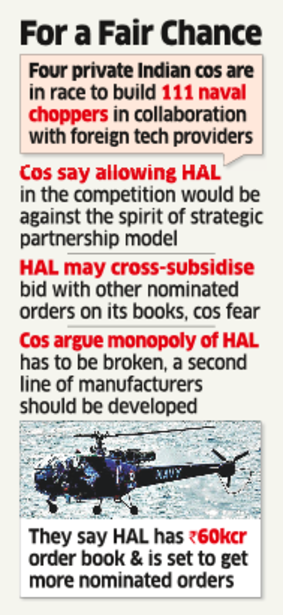BangaliBabu
Regular Member
- Joined
- May 8, 2019
- Messages
- 774
- Likes
- 2,323
nopesThat's a stupid comment by any measure.

nopesThat's a stupid comment by any measure.

what will 6 SSNs do in that vast swathe of water?? Rest will be left to Gandhi Ram Bharose.......
yech yech. But 4 more would have been better. Absolute deterrence and sea denial.....6 SSN as Escort for 4 SSBN and 2 CBG . SSK will be built in large numbers not SSN.
Use an image repository like Imgur or postimg. Get the direct link and insert the link in the images button.it isnt letting me upload an image from my pc just asking for links.help pls
Use option A if you want to copy image link from Google, twitter (doesnt waste forum storage)it isnt letting me upload an image from my pc just asking for links.help pls
For some reason that attch files option is not showing in either my phone or pc.anyone else facing the same problem?Use option A if you want to copy image link from Google, twitter (doesnt waste forum storage)
Use option B if you are uploading it from your own PC folder.
Take screeenshot or Snipping Tool to take google earth screenshot
View attachment 52046









Why can't we some short or medium range missiles in such boats? T90 and Arjun can fire them, so I think such vessels can too.








Indian navy fast attack craft.
good suggestions..Why can't we some short or medium range missiles in such boats? T90 and Arjun can fire them, so I think such vessels can too.

I understand that it's not a ladakoo jahaz, however, adopting new strategies and utilising existing paltforms for omni role purposes. Just imagine, if these ships are all connected together, using links, they can share critical info quickly. If we can build sonars that can identify enemy subs, then they all can share loads and dependency on dedicated sub hunting ships will be less.good suggestions..
this is a patrol boat of car-nicobar class. this is not a ladaku jahaaz like destroyers and frigates
all boats of car-nicobar class ship is equiped with
- 1 × CRN-91 30mm autocannon
- Igla SA-18 SAM
- 2 × 12.7 mm HMGs
I understand that it's not a ladakoo jahaz, however, adopting new strategies and utilising existing paltforms for omni role purposes. Just imagine, if these ships are all connected together, using links, they can share critical info quickly. If we can build sonars that can identify enemy subs, then they all can share loads and dependency on dedicated sub hunting ships will be less.
I strongly think we should focus on weapons than platforms.
It does. Thanks a lot. However, things you apprised me on are somewhat known to me.all navy ships are connected using satellite datalinks and satcomms and can share live sit rep in real time. car-nicobar class ships already have surface radar and navigation radar among various other things
but you need to understand something, this ships are designed to be small, versatile and highly maneuverable. most importantly they are very very fast in waters. INS wants these kind of ships to be around 250 - 350 tonnes.
each class ships of INS has different purpose, abilities and responsibility. the purpose of car-nicobar class is patrolling and securing mainland against small to medium threats. some ships of Sukanya class patrol boats even have ballistic missile onboard. sukanya class ships have different role and purpose though.
now lets say if u want add missile, brahmos to car-nicobar class ship. then you need to raise the height of the ship by at-least another 65ft. the length of brahmos missile is 28ft without launchers and other electronics. since now you have brahmos, you will want space to install dedicated radars, electronics, launchers, storage room, computers etc.. now you have increased the overall size of the ship. since the ship size is increased, you now want more powerful propellers and engines..
all this extra additions contributes to the bottom line "weight". by doing all this, the small fast attack patrol boat is now become corvette class size boat which is weighing around 500 tonnes. the heavier the ship, the slower it will be and less maneuverable it is going to be.
let me ask you this, why are you not suggesting that we should also add missiles to Shardul-class ships??? the answer is simple, shardul class ship such as INS Kesari & INS Aariavat have different purpose and role.. why are we not adding a heli landing strip in INS Jyoti? because INS jyoti has different abilities.
i hope this answers your questions.


| Thread starter | Similar threads | Forum | Replies | Date |
|---|---|---|---|---|
|
|
Indian navy railgun development | Indian Navy | 75 | |
|
|
Very concerned with development of Indian navy: Pakistan naval chief | Indian Navy | 10 | |
| W | Adani PLR system deliver 500 Masada made in India pistol to Indian navy | Indian Navy | 0 | |
| W | Rafale and F 18 super hornet shortlisted by Indian navy | Indian Navy | 21 |
